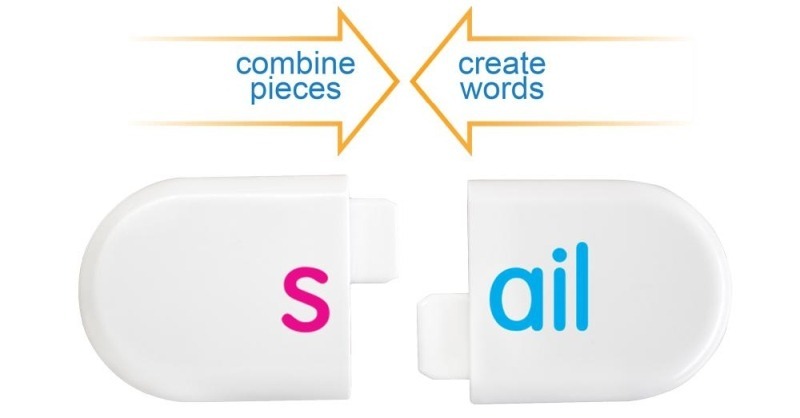With the school holidays over and young children back in school, their education will be moving up a level, especially ones going into Nursery, Reception or Year One. Reading is something that is essential to their overall education. I know when I was at school we didn’t hear the words phonics, phonemes, diagraphs or blending etc. but they are now essential to developing reading and language skills, and from my first-hand experience, phonics is an excellent system that works extremely well.
Now for a lot of children hearing the words school, learning and education can sound boring, but it doesn’t have to be – word and phonics games can be lots of fun, enabling you to learn through play and are also a good source of family time as well.
Junior Learning offer some great learning games that not only teach and educate but are great for all the family to interact with, which also means that the children are being taught more than just the object of the game (i.e. phonics), but they also learn things like social skills, listening skills, turn taking and manners among other things. For this review, Junior Learning kindly sent us Word Families – an interactive literacy game for the whole family!
Word Families is made up of 74 colour-coded lowercase letter tiles that can be joined, broken down and rearranged into many different combinations. Identify different word endings, words with similar sounds, and words with similar spellings in order to build new words and beat your family and friends.
It is a game of making three to five letter words, for children aged 5 years + (but if they have been learning phonics in Reception 4 years should be able to play). It comes with colour-coded tiles with lowercase letters, some coloured blue and some red and the idea is to join two tiles together (a red and a blue) and create a word.

There are 7 different ways to play Word Families:
- Take Your Tile – all the tiles all placed face down and each player takes it in turn to collect a tile a then try to create a word, if they can’t it moves on to the next player. Whoever has the most words once all the tiles are gone is the winner.
- Take Your Tiles Extra Challenge Rules – same as above except every time a player collects a new tile they have to try and rearrange their words to make a new word.
- Tiles In The Middle – all the tiles are placed face down in the middle and the starting player turns over a tile. Each round a player turns over a tile and then has to try and create a word out of the tiles with the letter showing.
- Tiles In The Middle Extra Challenge Rules – same as above but when a new tile is turned over the player has to use it to rearrange one of their words (similar to Take Your Tiles Extra Challenge Rules).
- Steal – using the rules for Take Your Tile once a player collects a new tile he can then break another players word to create a new one and steal that word (placing the spare tile back in the middle, face up).
- Starting Five – all tiles are placed face down in the middle and each player selects five tiles each, the game is then continued using the Tiles In The Middle rules.
- Deal Them All – al the tiles all divided equally among the players. The players then race to create to the most words using their tiles. The player with the most words is the winner.

Overall, we love Word Families. It not only teaches word recognition, but children have to put their phonics skills to work by blending the letters and sounding out new words. Not only are they learning new words but increasing their vocabulary at the same time.
The rules are very simple to understand and it is very easy to play. The tiles are made from plastic and feel very durable. The red and blue pieces slide together and clip into place (they also come apart easy, so good for the younger members of the family too).
In the box is also a double-sided card with words that are acceptable so there can be no cheating as the word created can be looked up on the card if needed.
This is an excellent fun game that they whole family can take part in. Once a new word is made, the child can then use their phonics skills to tell you what the word is and if they know the meaning. If they don’t know the meaning then a discussion can be had as to what that word means and how it is used.
We have had great fun playing it. With different ways of playing and endless word combinations it is a game that will last a long time, especially as the pieces are plastic and are very durable (although over time the clips may wear down from constantly being put together and pulled apart).
At £19.99, I think this is fantastic value – not just for the educational value, but for the fun factor and family time as well. The perfect game to support your children’s education and supplement what they are learning at school.
Rating: 5/5
RRP: £24.99
Available to buy from juniorlearning.co.uk.
![]()

















